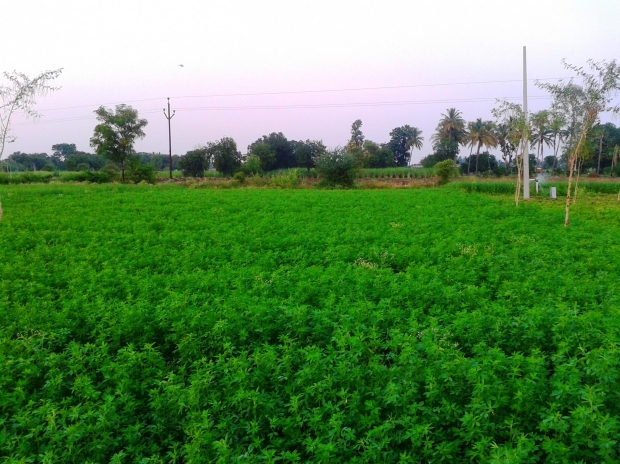Industry Guidelines for Hemp Regulation, Labeling and Manufacturing Released
As a number of states have opened the doors to the cultivation, manufacture and distribution of hemp and related products, a number of industry advocates have released a series of guidelines for best practices in order to ensure both quality of the product and consumer safety. 
The recommendations were made as part of a collaboration between the Hemp Industries Association, Americans for Safe Access, the Cannabis Committee and the American Herbal Products Association. The guidelines were submitted after input from a number of industry experts, and were presented at the National Medical Cannabis Unity Conference last month in Washington, D.C.
According to a February 2015 report by the Congressional Research Service, noted that while precise data is not available for the size of the hemp-based product market in the U.S., it’s estimated to be somewhere around $580 million. It’s a commodity that’s cultivated for use in a wide range of products, which includes food and beverages, cosmetics, personal care products, nutritional supplements, textiles and fabrics, insulation and construction materials and other manufactured goods.
It’s of the same plant species of marijuana, but the industrial hemp is genetically distinct from marijuana, and it’s used quite differently for non-drug uses. Still, it’s considered a Schedule I controlled substance by federal authorities. However, the Agricultural Act of 2014 (i.e., “farm bill”) made significant changes to the law to allow for research of hemp and agricultural cultivation on a restricted basis.
Most of those who grow hemp do so responsibly and those who market and distribute adhere to good labeling practices. But the newest release focuses on giving those in the industry some guidelines to follow. The idea is that if the industry can do a good job of policing itself, there will be no need for government intervention.
Within the 90 pages of recommendations for regulators of cannabis operations, the full list is extensive. But to summarize, all growers of cannabis (including hemp), product manufacturers and dispensaries are advised to implement the following for all cannabis products:
- Ensuring safe production so that products made for human consumptions are safe
- Disclosure of any testing for contaminants, pesticides or adulterants
- Labeling that includes the disclosure of cannabis content as well as nutrition information, if that’s applicable
- Disclosure about the potency and dosage information
For any products that will use cannabis in recognizable, unprocessed forms, the label should clearly state the the parts of the cannabis plant from which the ingredient is derived (flower extract, seed oil, aerial parts, etc.).
The group indicated it would support mandatory product testing and an adoption of some certain safety regulations that would allow for transparent and safe production of hemp products.
Our experienced marijuana lawyers are prepared to answer questions and address concerns raised by cultivators, manufacturers, distributors and marketers of hemp and hemp-related products.
The Los Angeles CANNABIS LAW Group represents growers, dispensaries, collectives, patients and those facing marijuana charges. Call us at 949-375-4734.
Additional Resources:
Industry Leaders Advocate Best Practices for Regulating, Labeling and Manufacturing of Medicinal Cannabis and Hemp Products, March 27, 2015, American Herbal Products Association
More Blog Entries:
Four Competing California Marijuana Legalization Proposals, April 3, 2015, Los Angeles Marijuana Lawyer Blog
 Cannabis Law Group's Medical Marijuana Legal Blog
Cannabis Law Group's Medical Marijuana Legal Blog




